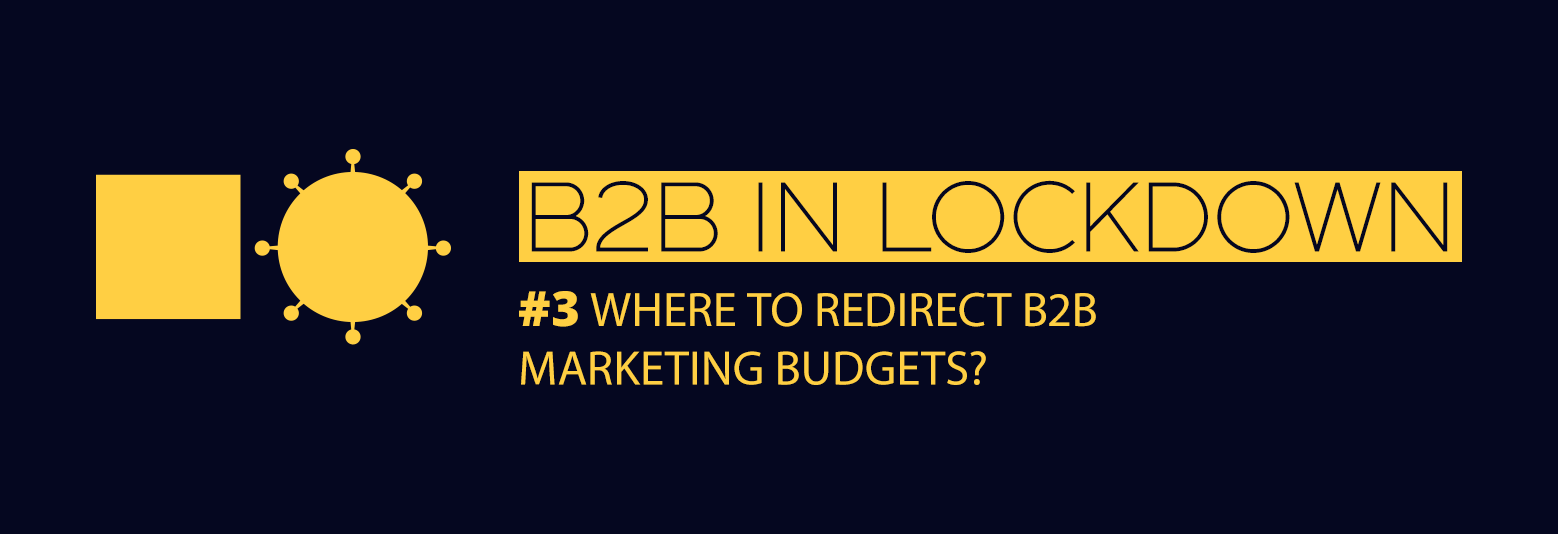With the world in lockdown, we’re all living and working 24/7 from home. With more time on our hands, this has led to record numbers of spring cleans and DIY renovations. Our homes have never been cleaner, more organised and presentable. If we didn’t have to comply with social distancing, then we’d happily welcome unexpected guests in and show them around.
But what about brands? Do brand guardians have the same consideration, planning and presentation for their brands’ digital homes? If an unexpected visitor shows up on your website homepage, how will they be greeted?
Are we proud to point all new contacts in the direction of our websites to learn more about our offering? Or is it so outdated, that you’re likely to lose any potential prospects 5 seconds after they digitally knock on your door?
B2B v B2C websites
If you didn’t already realise its significance, a website for a B2B technology brand should be the cornerstone of its presence in the market. First impressions last.
Consumer brands were first to realise the importance of their digital presence and those who sell predominantly online typically invest significant budgets into their ecommerce engine and UI. But even those without ecommerce functionality often invest in the latest design trends and cutting edge animations and transitions to support their brand’s contemporary tone and presence.
This is the case even though websites in the B2C world carry less importance for the sale (e.g how many of you have ever visited Coca Cola’s homepage?)
When it comes to B2B however, your website is significantly more important than is the case for non ecommerce consumer brands, yet often B2B brands have the worst design aesthetics, boring branding and least considerate UX experiences.
Clunky, old fashioned and confusing is often the first impression of B2B sites and without any high street presence to pick up the slack, potential prospects are lost before any relationships can be nurtured.
Your most important digital asset
A B2B tech website should be the most important and valuable digital asset, and the most important marketing asset.
You don’t need to be a genius to figure out that your buyers are all online (regardless of the pandemic) as have relatively little other exposure to your brand.
Your website should be a marketing asset that you constantly update. As your markets needs change and as you evolve, your site needs to evolve with you.
This is true now more than ever. With the evolution and alignment of the sales and marketing function, field based sales people working from home (actually everybody working from home) and the cancellation of events that previously would have taken a large amount of their marketing budget, B2B technology companies need to think about where to invest their marketing budgets.
Our advice (and we’re not alone) is to spend it on digital, whether it’s improving your social presence on LinkedIn or Facebook live, or doubling down on digital PR.
But the first place to start your critical analysis is on your own website.









